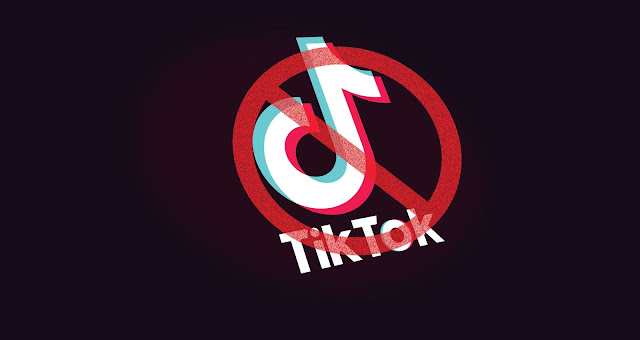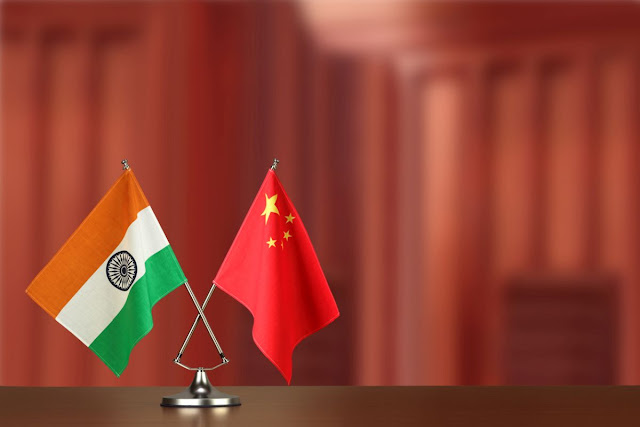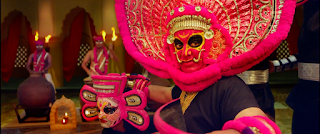Penning specialties of the
multi-layered film ‘Uttama Villain’. Saagavaram song popped up on my YouTube
recommendations in recent times and yet again fell in love with the lyrics of
the song. I had the desire to watch the movie once again. Maybe this was my
sixth or seventh-time watch, I wanted to mark everything that I love about this
movie.
The screenplay starts off
displaying the celebrity life any top-notch artist enjoys in his/ her career
and also how they had to keep even their habits private. Names of each
character in this film are close to heart. We fell in love with Tamil names
like Manoranjan and Margadarisi as they mean a lot more than they appear.
Manoranjan plays the lead as an actor while Margadarisi, a director, is the
creator of an actor in Manoranjan. As a baseline, the life of Manoranjan has
been revolving around the conflicts between a director and producer being
Margadarisi and Poorachandra Rao respectively. Varalakshmi, Wife of Manoranjan,
and the daughter of Poornachandra Rao, rejoice how people love her husband
while in conversation with her son, Mano. I love the characterization of every
cast in the film right from the driver character to Yamini, Manoranjan’s love.
The introduction scene of Jacob
Zachariah, all Manoranjan sees was the impact it would leave on his film career
if his private life secrets come to light. Also, in the presence of Jacob at
Manoranjan’s interview, the line of questions asked by the anchor all add
emotions. After having diagnosed with cancer, Manoranjan expresses to Jacob
Zach-ariah with nothing more than silence in guilt and the expressions he puts
on his face looking at pictures of Manonmani are heart touching. Cannot deny
the fact that we adored Jacob Zachariah much more when he responds to
Manoranjan as he asks ‘You must have loved her’ and if ‘his’ daughter knows the
truth.
As the play goes, Manoranjan has
been diagnosed with an advanced stage of brain cancer. The way Manoranjan would
see life from thereon is what the film is all about. To gratify his film
career, he wants to do one last movie in Margadarisi’s direction. Though M S
Baskar scenes had less of comedy, his role as Chokku Chettiar was a perfect
blend with sarcasm and comedy especially when Manoranjan asks him to cancel his
previous movie agreements. Margadarisi’s response to Manoranjan’s request to do
a film is when we fall in love with his role. Margadarisi highlights
Poornachandra Rao as the hijacker and king-maker. Instantaneous storytelling
mission of Manoranjan and sighing expression of Margadarisi added beauty. A
phrase I love about the scene was that he understands there isn’t much time
left to express love, affection, and gratitude. (‘Kadhal, Pasam, Thank you,
idellam solrathuku kuda time ila nu puriya arambikudhu’) As Margadarisi comes
to know about the medical condition of Manoranjan, we are also shown how Dr.
Arpana takes it personally as she breaks out while explaining. Disclosure of
film association with Margadarisi with Varalakshmi and Poornachandra Rao by
Manoranjan was emotive.
Manoranjan wants to come up with
a comedy film as his fans would leave the theatre with laughter. They call the
movie as Uttama Villain. Explicitly, every character in the film Margadarisi
directs also goes in parallel with Manoranjan’s real life. Manoranjan’s
character as Uttaman is portrayed as Mruthyunjayan, meaning the one who defeats
death (immortal). Contradictory to his real life as he fights cancer.
Characterization of Karpagavalli goes in line with that of Yamini’s character,
Muttharasan with Pooranachandra Rao, Sudalaimuthu with Chokku Chettiyar, and
Kaakapusundar with Jacob Zachariah.
We should talk about the
screenplay of the movie, as Uttaman is identified as Mruthynjayan in Uthama
Villain, Manonmani (Yamini’s daughter) gets to know about Manoranjan’s brain
cancer in parallel. Their conversation about how much Manonmani adores Jacob
Zachariah over Manoranjan and she resembling Yamini and yet mannerisms go in
line with Manoranjan add loveliness. Manoranjan collapses as Manonmani
highlights that Jacob Zachariah is a hero and real while she thinks Manoranjan
is fake. Mentality of accepting what life brings to us is well expressed.
Manonmani begins to have sympathy for Manoranjan as she gets to know about his
cancer through Jacob Zachariah. The scenario as to why Manoranjan did not want
to disclose it to Chokku Chettiyar also jelled well.
Chokku Chettiyar holds the letter
Yamini wrote to Manoranjan and vice versa secretively. Whereas in Uttama
Villain movie, Karpagavalli’s message seeking help from Senguttuvan, another
king, as she is held captive reaches as it is meant to be. Portrayal of Uttaman
as Mruthyunjayan and how the common people tests it appears to be humorous and
yet speaks the sadistic and cruel qualities we possess.
There were a lot of metaphor
references in the film. It includes the intermission scene where the fishes
tremble at the edge of its life span while Manoranjan begins to show symptoms
of advanced cancer like bleeding. As Chokku reads Yamini’s letter to
Manoranjan, both the characters stand at the ends of title projected on the
screen highlighting ‘Villain’. Manoranjan clears his makeup as Manonmani reads
the letter he wrote to Yamini.
As Manoranjan discloses his
health condition to his family, Varalakshmi gets to know accidentally through
Chokku Chettiar. Conversation between Manoranjan and Mano is yet another epic.
When the father asks what his son would like to do in future, the immediate
response from him was ‘why now’ and yet the kid gets carried away as his father
remembers he wanted to be a lawyer while he was at class three. We get moved as
Manoranjan says he does whatever he forgot to do. Until then Mano seems
disconnected from his father, he desperately conveys he want write a screenplay
to show who his father is.
Varalakshmi collapses and her
childlike talk at the hospital was when we fell in love with her once again.
She quoted that we never understand the value of something unless we lose it.
While the family experiences a setback knowing Manoranjan is dying, Saagavaram
song features in Uttama Villain.
The Saagavaram song in the film
is an Andhadhi and Kamal yet again gave us a reason to fall in love with Tamil
through this. This emotes me to talk about other songs and musicals in the
movie. Every song stands unique in its own way with Gibran’s musical. A
villupattu narrates the story of Arjuna merging with Theyyam and Iranyan,
Pragalathan story features in Iranya Nadagam song.
Moving back to Manoranjan’s,
there are small details given to every character that speaks about their
personality. It includes the nature of Manoranjan’s driver who also holds the
relationship of Dr. Arpana and Manoranjan confidential, Manoranjan’s passion
towards cinema seeking perfection, the director in Magadarsini, Varalakshmi’s
kindness, and Manonmani’s affection. Manonmani reads the letter addressed to
Yamini and realizes the real face of Manoranjan. Manoranjan exclaims about his
family tree, a collage in the background. As Manonmani and Mano get together, the
poem that goes as the background score is exemplary. ‘En uthirathin vithai, en
uyir uthirtha sadhai, veroruvanai Bhagavan ena poruthuduvena?’
This lyric suits the Uttama
Villain movie as Muttharasan, Uttaman, and Karpagavalli enact Iranya Nadagam.
Manoranjan’s health deteriorates at the sets of the film. When he is rescued as
he falls on the ground, Manoranjan’s shadow seems to fears him to death
symbolizing Yama’s arrival. While Arpana, Manonmani, and Mano mourn the demise
of Manoranjan, his family at the hospital is pictured to have been enjoying the
last cut of his film ‘Uttama Villain’ which is what Manoranjan wanted for the
audience. The screenplay ends revealing that King Senguttuvan has been
impersonating as Uttaman all this while to save Karpagavalli. And they unite
unlike Manoranjan and Yamini.
A movie that emanates a lot of
emotions, cherished now and forever.





